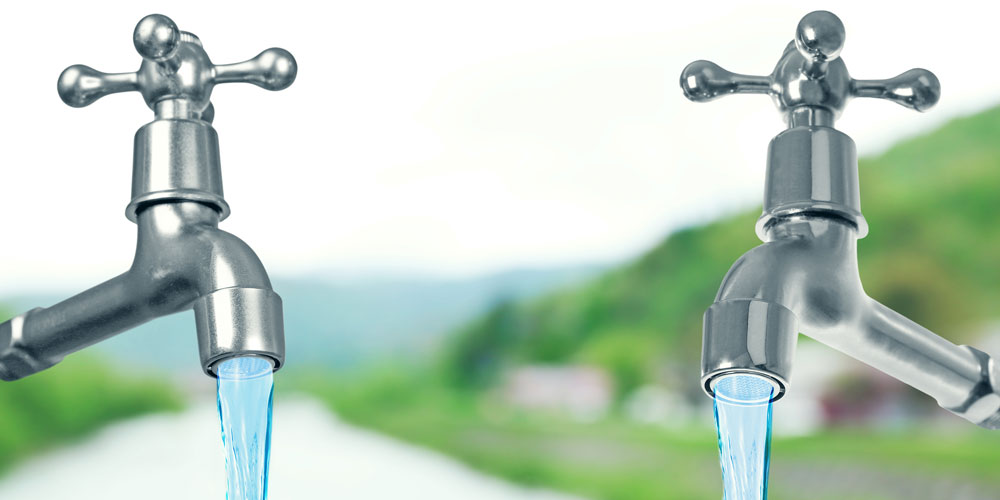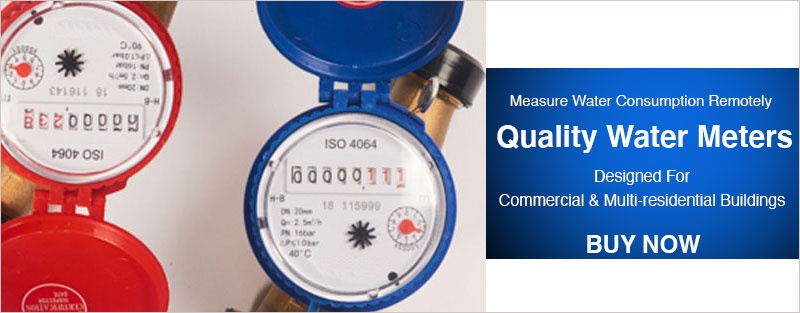From homeowners to building managers to global corporations - everyone is clamoring for lower utility costs and resource-saving technologies. Aside from the obvious financial advantage, any utility reduction directly leads to environmental preservation and more sustainable living.
When it comes to utility use, building managers and property owners can achieve reduction in two ways: through resource efficiency and resource conservation. These two terms are similar and often interchangeable in everyday conversation, but they are not the same.
Let's deep dive to better understand how each of these concepts work and how to implement them,.
Resource Efficiency
Efficiency includes performing the sameor a similar function by using technology that maximizes the use of a resource, whether energy or water. Some examples of resource efficiency are:
- Swapping incandescent light bulbs with LED or CFL bulbs
- Installing a low-flow shower head
- Insulating a building to use less heating and cooling energy, etc.
The emphasis here is on 'performing a similar function,'- in the first example the light poutput may even be improved while reducing the energy consumption, therefore maximizing the electricity consumed in the building, meaning saving resources without sacrificing growth or performance.
In this day and age, most people are familiar with the idea of resource efficiency and are likely already implementing a few (or many) tactics to increase efficiency in their properties.
Resource conservation is slightly more difficult to achieve as it goes a step beyond efficiency.
Resource Conservation
Resource conservation is about changing individual behaviour in the direction of saving resources. Anyone can conserve resources by:
- Turning off lights when leaving the room
- Air-drying clothes instead of using the dryer
- Cooking using burners of the right size (small for small pots and large for large pots)
- Turning the thermostat down a little (a couple of degrees) in colder months, and in a similar fashion, turning it up a bit on hot days.
The goal of resource conservation isn't to achieve the same result using a different, energy-efficient technology. It is to avoid waste or use resources only on what is useful, not on what is extravagant.
Which is better - efficiency or conservation?
Speaking long-term, resource conservation leads to higher cost savings and less resource use overall.
One of the best ways for building owners and managers to conserve energy is through submetering.
Instead of having master meters for the entire building where the costs of energy use are divided across every household equally or using a pro-rata formula based on surface (sq-ft) submetering measures each unit's consumption individually. This leads the unit occupants or household members to rethink their behaviour, as many studies have proven, resulting in drastic decreases in energy use.
Not only that, but submetering provides insight into operations and maintenance issues, the performance of installed equipment, and how efficient all the installed technologies are. All this information improves resource conservation over an extended period of time.
Conclusion
Any type of resource saving is worth the effort. It can happen by increasing resource efficiency, where more advanced technology is used to perform the same function. It can also occur through resource conservation, where people adjust their behaviour to conserve resources. Both of these ultimately result in lower costs and better environmental impact.
Resource conservation is a better option in the long term over increased resource efficiency. Submetering is an excellent method to conserve resources that works for any property or building, with some case studies suggesting a whopping 50% reduction in energy usage!


